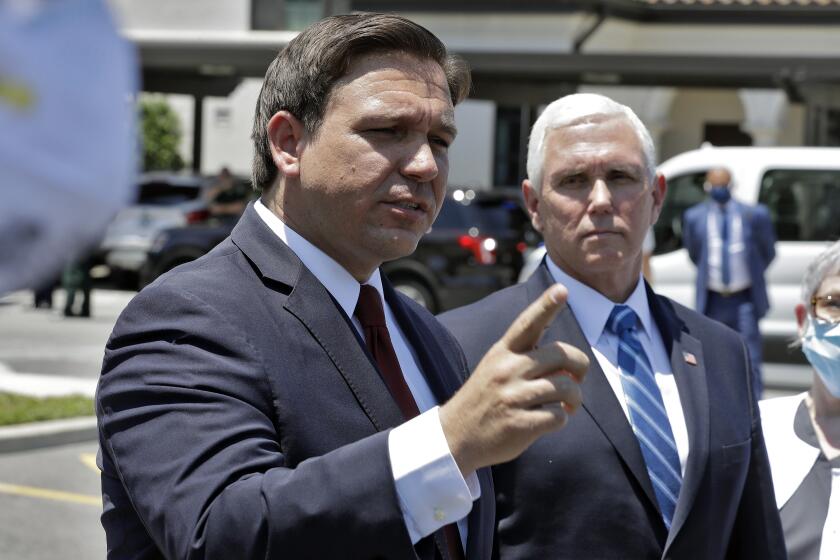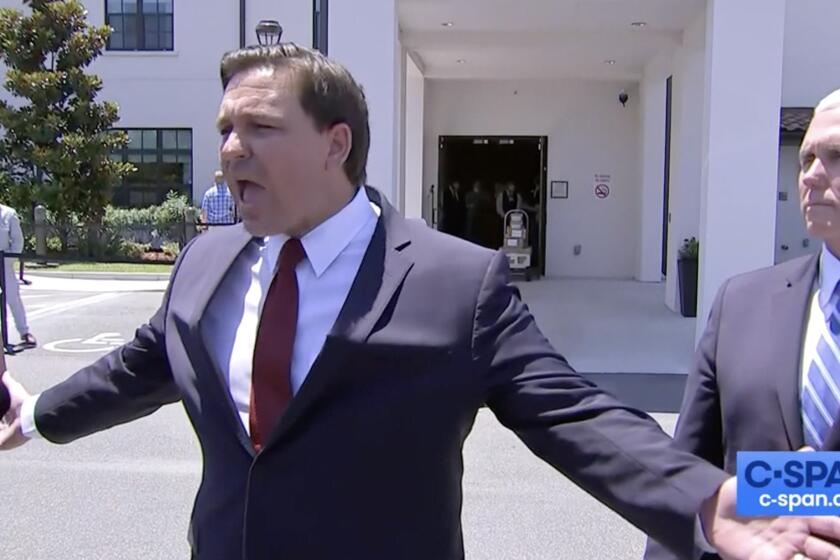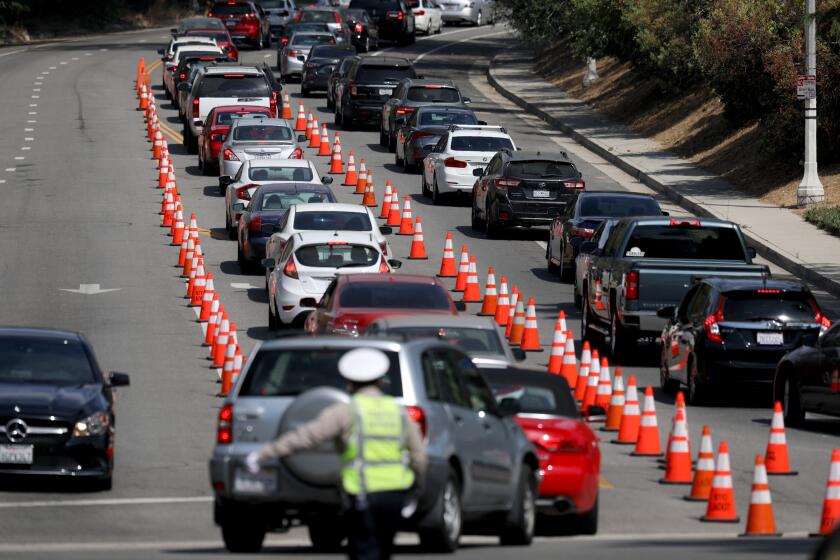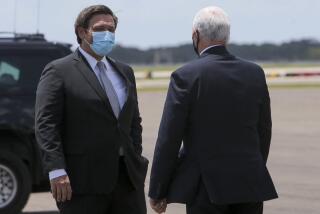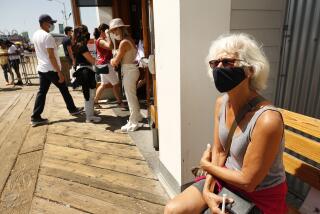Column: Arizona’s rules for rationing healthcare in the COVID-19 pandemic should terrify you
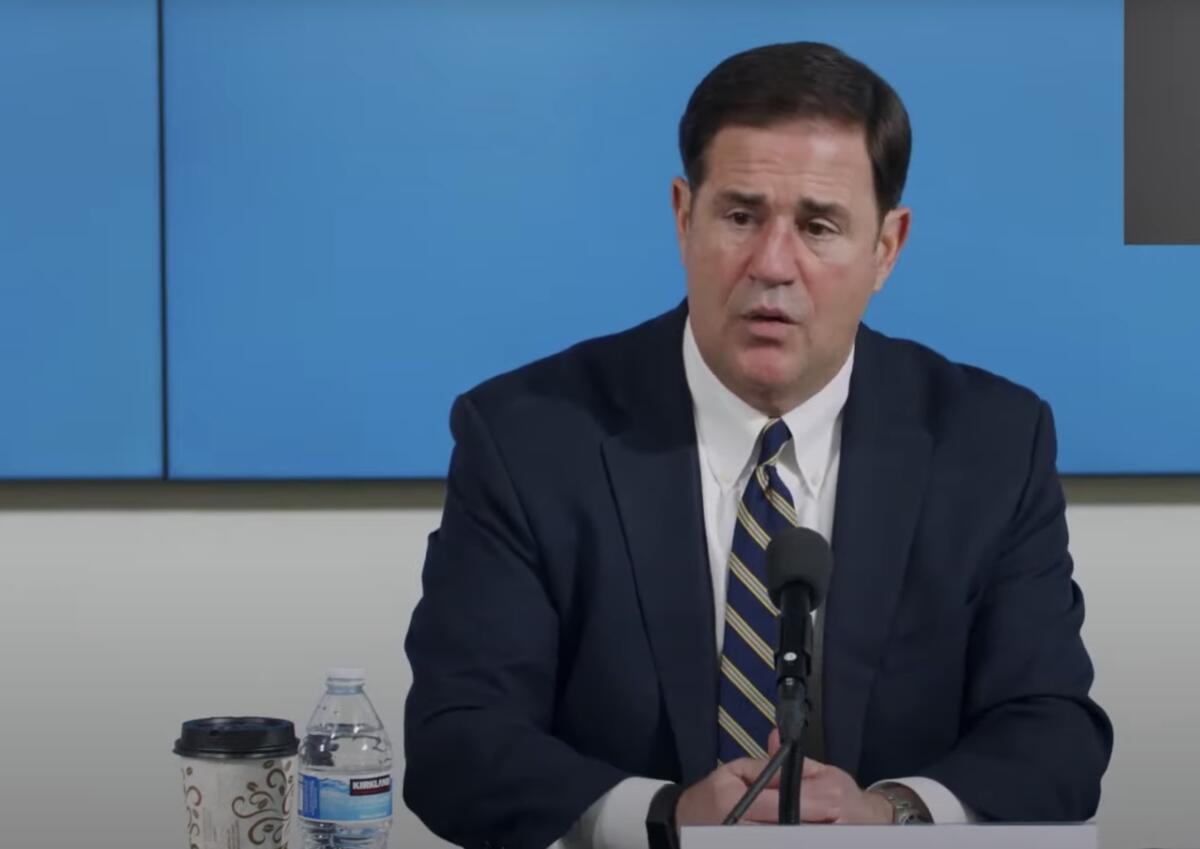
You may think that the coronavirus and COVID-19, the disease it causes, are frightening enough. But Arizona has just activated a rulebook for rationing hospital care that is truly terrifying.
In brief, the rules allow hospitals to deny critical healthcare resources such as ventilators to patients based on medical judgments about their likelihood of living even five more years despite surviving COVID-19.
In practical terms, that means that on average, older adults are more likely to be denied care than younger persons. Those with medical conditions other than COVID-19 would be more vulnerable to denials than those judged to be healthier, whatever their age.
Health care planning must do everything possible never to need [Crisis Standards of Care].
— National Academies of Science, Engineering and Medicine
Under the rules, doctors making triage judgments that deprive patients of necessary care will be immune from legal liability.
Arizona’s so-called crisis standards of care, or CSC, isn’t unique among the states. But it provides an up-to-the-minute look at the harsh choices facing medical personnel across the country thanks to our unfit and unprepared political leadership, if one can call it leadership at all.
From the federal government down through the states, the vacuum of leadership has exposed millions of Americans to sickness and death while reducing our healthcare system to a patchwork of overwhelmed facilities.
Florida Gov. DeSantis represents all that’s wrong with America’s coronavirus response.
The lack of planning and preparedness is the outstanding failure of the response to the crisis in the United States. That’s the implicit judgment of the National Academies of Science, Engineering and Medicine.
The academies stated in an assessment of crisis standards of care in March that the primary principle was that “health care planning must do everything possible never to need CSC.”
The academies also specified that in the current pandemic, “public trust is essential.” That means that leaders would have to be “proactive, honest, transparent and accountable” when discussing the condition of their healthcare systems and institutions.
Has that happened? The answer obviously is no. President Trump and Republican governors such as Arizona’s Doug Ducey and Florida’s Ron DeSantis have suppressed statistics showing the true rate of infection in their states. Trump’s approach to the crisis has been focused in large part in trying to minimize its impact, even denying its existence.
States other than Arizona have similar rulebooks to be dusted off in a major emergency. Arizona, however, is the only state that has activated its crisis standard of care procedures — so far.
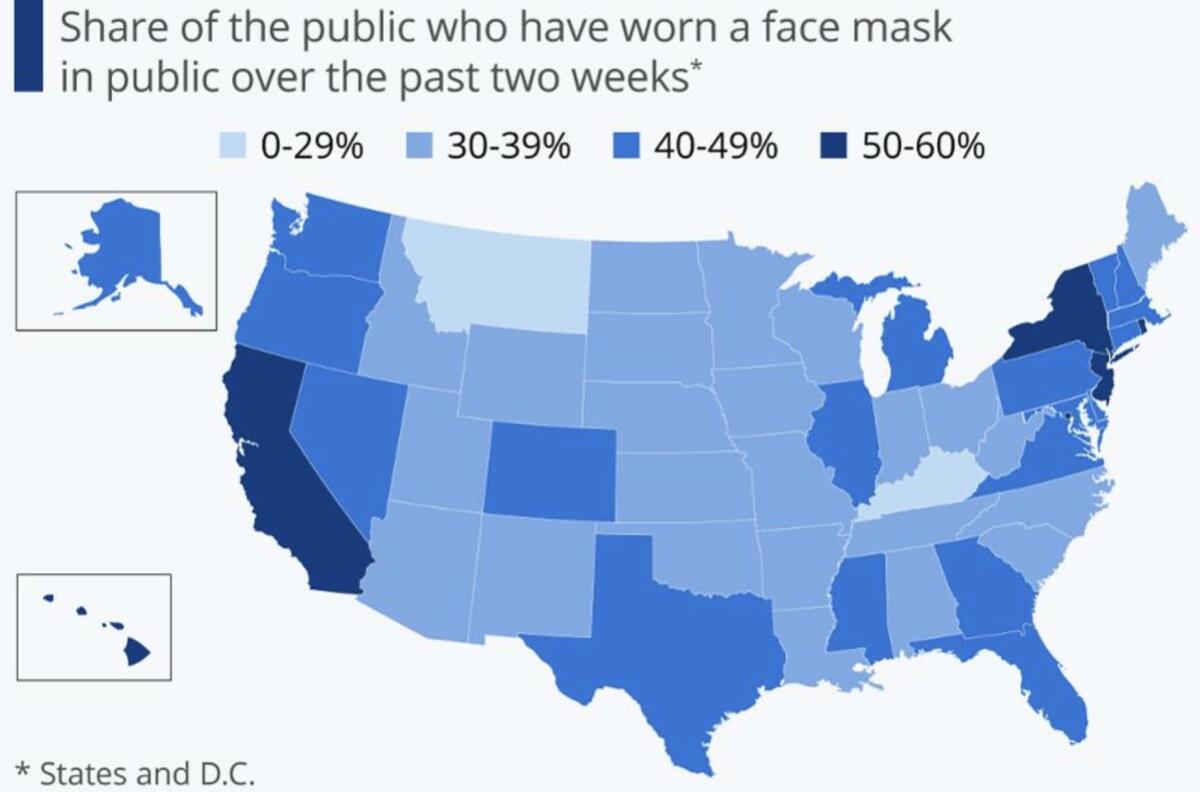
“A lot of states actually have activated their crisis standards of care plans,” Cara Christ, director of Arizona’s Department of Health Services, said during a press conference Monday with Ducey. That appears to be untrue. Though most states have prepared a crisis plan, no others have activated it.
Several, however, may be on the verge of doing so, at least regionally, since the surge in cases is placing immense stresses on local capacities. In California, for example, Riverside County’s ICU beds were reported to be 99% occupied over the weekend and Los Angeles County is projecting the possibility of running out of hospital beds in two to three weeks and exhausting its intensive care unit beds sometime in July.
In Imperial County, an agricultural county on the Mexican border where 23% of tests are coming back positive for COVID-19, 500 patients were transferred to adjoining counties to relieve the local pressure, Gov. Gavin Newsom said Monday.
California is one of several states ranking as leading hot spots of coronavirus infection, though its statewide test positivity average of 5.9% over the last seven days remains lower than other surging states such as Arizona (24.4%), Florida (15.6%) and Texas (14.1%).
The coronavirus has outsmarted governors who opened their states too early -- almost all of them.
All those states are guilty of having reopened commercial and retail establishments, as well as public facilities such as beaches, too soon — notably before it was clear that they had adequately clamped down on the community spread of the coronavirus.
Newsom has urged Californians to continue social distancing and mask-wearing throughout the crisis; his error was to give local officials too much latitude to decide for themselves when they could reopen their economies. Now Newsom is signaling that such deference may be coming to an end.
Newsom pressured Imperial County into rolling back its reopening, in part by threatening that “the state of California will assert itself and make sure that happens” if officials fail to do so. As my colleague Taryn Luna reports, he also has hinted at statewide orders aimed at imposing anti-virus rules, though he has not been specific.
In other states, governors have been more permissive and even interfered with local officials’ judgments. Until June 17, Ducey forbade cities and counties to impose stricter rules than the state. In practical terms, that prevented them from keeping bars, restaurants and retail establishments closed or requiring residents to wear masks in public.
Ducey relented under pressure from the mayors of Phoenix, Tucson and Flagstaff and in the face of an undeniable surge in COVID-19 cases.

Ducey’s indulgent approach to social distancing measures probably contributed to his constituents’ failure to embrace them. Polls taken from late March through the end of April showed that only 30% to 40% of Arizona residents regularly wore face masks in public; in California, New York and New Jersey, the rate was as high as 60%.
Arizona waited until March 30 to issue a stay-at-home policy, long after other states. Ducey lifted the policy early, on May 15.
Ducey joined Trump at an indoor political rally in Phoenix on June 23 at which an estimated 3,000 persons were in attendance, crammed shoulder to shoulder and mostly maskless — even though a week earlier the city had ordered masks to be worn. Ducey wore a mask bearing the Arizona state seal, but Trump was maskless.
Not until Monday did Ducey reimpose anti-virus measures, prohibiting large gatherings, ceasing the issuance of new special event licenses, and closing bars, gyms, movie theaters, waterparks and tubing rentals. His order will remain in effect through the month. He didn’t order masks to be worn in public.
By then, the state already had activated its crisis standards of care, or rationing plan. Let’s take a look.
Trump is determined to overthrow the Affordable Care Act, a move that would rip health coverage from some 23 million Americans during a pandemic.
Like other states’ plans, Arizona’s relies chiefly on a metric known as a SOFA Score, for “sequential organ failure assessment.” The score is based on the condition of six major organ systems: lungs, circulatory, heart, kidney, liver and neurological.
Arizona assigns points to patients according to their SOFA score range, to a maximum of four points for the most severely affected. Then it adds up to four more points for a subjective assessment of a patient’s survivability: two points for those whose death is expected within five years despite successful treatment of COVID-19, and four for those whose death is expected within one year despite successful treatment. Priority for treatment is given to those with lower scores.
The guidelines state that judgments are to be made regardless of “race, ethnicity, color, national origin, religion, sex, disability, veteran status, age, genetic information, sexual orientation, gender identity, quality of life, or any other ethically irrelevant criteria.”
But several of these factors obviously will play into the point system. Black patients on average tend to suffer from more medical conditions than others, in part because their incomes are lower on average and their access to medical care more limited. Older residents also suffer from more health challenges. And how do medical personnel assess a patient’s “quality of life”?
Some of these factors are especially relevant in Arizona, where residents 65 and older constitute 23% of the adult population, above the national average of 20.7%. Florida skews even older, with 25.6% of its adult population 65 and older.
The prospects of subjective judgments creeping into triage judgments is great because the SOFA score itself, despite its apparent objectivity, is an imperfect tool.
The scores are “poor predictors of individual patients’ survival,” the National Academies found in its assessment of crisis standards. That’s especially true for patients suffering acute respiratory failure, one of the key symptoms of COVID-19.
As a result, “these scores are not suitable for excluding patients with acute respiratory failure... from receiving critical care” in the pandemic.
One can’t blame Arizona for implementing a rationing plan aimed at delivering crisis care to those judged most likely to benefit from it. But its leaders can be blamed for allowing the state to reach the point where rationing is deemed necessary. The seeds of its disaster were planted long ago.
More to Read
Inside the business of entertainment
The Wide Shot brings you news, analysis and insights on everything from streaming wars to production — and what it all means for the future.
You may occasionally receive promotional content from the Los Angeles Times.

